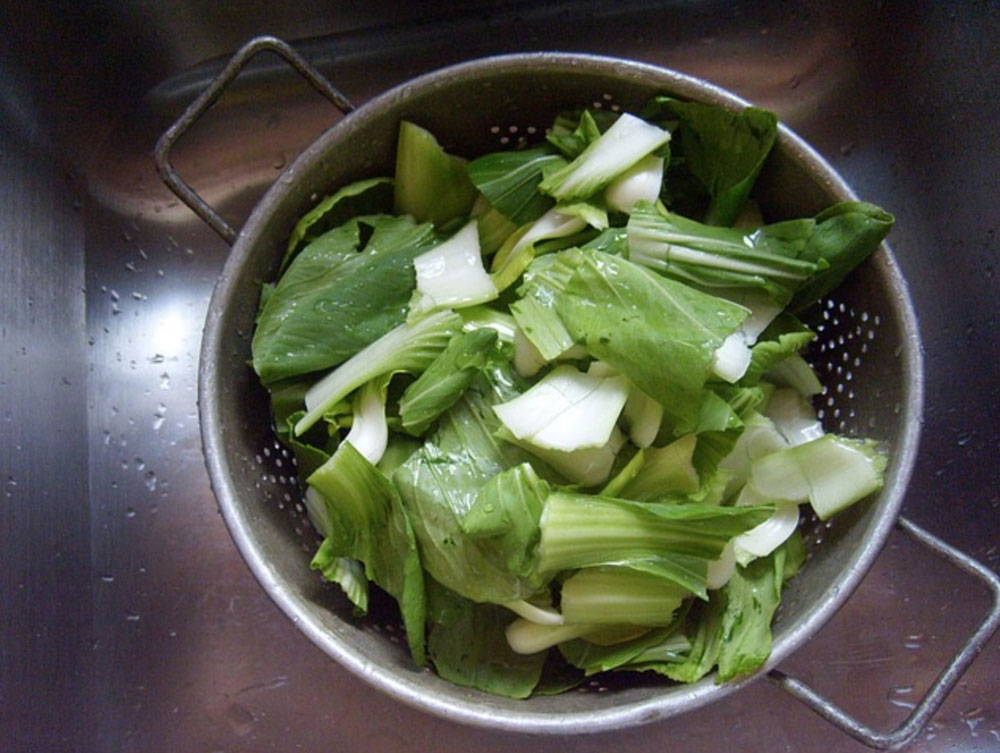Choosing certified organic produce can go a long way towards reducing your exposure to synthetic pesticides. If you’ve got the inclination, you can also grow your own produce without the use of chemicals. However it’s not easy to choose 100% organic and some organic produce could still contain synthetic pesticide residue due to drift over from other fields. Note that organic farming allows the use of approved natural pesticides.
Adequate washing and soaking of your fresh produce can help reduce your exposure to pesticides. Not only that but it will also reduce the risk of food borne illnesses which could be contained in the soil or on the produce (for example from the urine and fecal matter of animals hanging around the vegetable plot!).
There is a bit of debate around the best ways to wash and/or soak vegetables. You will probably need slightly different washing and soaking techniques depending on the type of produce you’re using as some vegetables are more delicate than others. The good news is that the method which is arguably the most effective uses a simple everyday household ingredient.
You can easily create your own vegetable soak and don’t need to rely on store bought ones which may even be less effective. The following homemade option has been shown to reduce pesticide residues better than water alone.
A baking soda soak – the most effective method for reducing pesticide levels on fresh produce
A study investigating the effectiveness of various washing methods on raw cucumbers found that a 5% baking soda solution was the most effective method for reducing pesticide levels. Other studies have found a baking soda soak to be more effective than other methods.
How to make it and use it
For a very low cost and effective homemade vegetable wash, simply fill a large bowl with water. Mix in a teaspoon of baking soda, and then add your vegetables and soak. Then remove, scrub and rinse off before using them.
There are various opinions on how long to soak conventionally grown vegetables for. Some suggest a few minutes and some up to an hour or more. It should be noted that prolonged soaking can reduce the levels of water soluble vitamins such as vitamin B and C. However, soaking your vegetables for longer will decrease pesticide residues more effectively.
Making a choice like this is really about considering the benefits versus risks. For example, it’s better to consume fresh produce that has been treated with pesticides rather than not consuming vegetables at all.
Therefore aim to soak most vegetables for 20-30 minutes as a general recommendation. For leafy greens, you may only want to soak for a couple of minutes and then pat dry with a kitchen towel or paper towels. Mushrooms are probably best not to soak at all. Instead, give them a quick rinse and scrub with water, and then pat dry.
What about a salt water or vinegar soak?
A 10% salt water soak for 20 minutes has been shown to be far more effective at removing pesticide residue in cabbages than plain water. If you choose this method be sure to rinse and scrub your vegetables well after soaking. Soaking in pure vinegar has also been shown to be very effective in removing pesticides. However it’s unclear how effective diluted vinegar is and soaking vegetables in pure vinegar could end up becoming quite costly.

